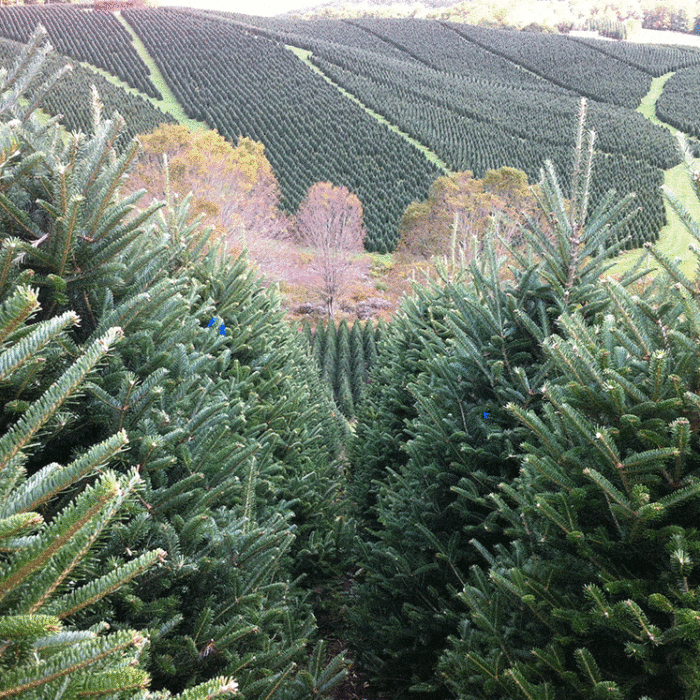If you’re looking to establish a successful Christmas tree plantation, there are several important decisions and activities you’ll need to consider during the establishment phase. These include selecting the right site and species, preparing the plot for planting, and planning for harvesting. To help with these tasks, you may want to consider working with a professional team like GreenTeam Group, who can provide expert guidance and support throughout the process. Check out their website at https://www.greenteam-group.com/ for more information.
It’s worth noting that Christmas tree plantations can be a lucrative business, with millions of real trees produced each year and sold to retailers and individuals alike. By investing in careful planning and management, you can create a sustainable and profitable operation that brings joy to countless people each holiday season.
Site Selection
Christmas tree production requires intensive physical labor. Site selection is one of the most crucial decisions that a grower must make when planting and producing Christmas trees.
Site selection must provide optimal conditions for growing plants without incurring damage from pests and disease pests. Soil texture, fertility, water availability, air drainage are all integral parts of success on any given site.
Concolor (white) fir, red pine and Norway spruce trees are highly adaptable to many different sites and soil conditions, including growing on various types of soil with different pH conditions.
Many growers invest significant efforts into site preparation activities like tillage, cover crops and soil fertility enhancement. Such practices have proven their worth by improving seedling survival rates, decreasing pest problems on young trees and increasing production quality.
Site Preparation
An established tree plantation can bring substantial long-term gains; however, its success requires both time and resources throughout its lifespan.
Site selection is key to the success of any Christmas tree farm, and should take into account factors that allow specific tree species to flourish best.
Pines, firs and spruces need full sun with well-drained soils in order to thrive. Soil texture and fertility, water availability and air drainage must also be carefully considered when selecting sites for these species of trees.
Soil testing can help you establish an initial fertilizer level suitable to both your site and species, while Rutgers Cooperative Extension’s fact sheet on Christmas tree production emphasizes the role played by phosphorous (P) and potassium (K).
Planting
Most Christmas tree varieties thrive when grown on sites receiving full sun and featuring well-drained soil, while heavy clay soils can be detrimental to some varieties unless located on sloped sites.
Douglas-fir, balsam fir, Fraser fir, concolor fir and Canaan fir trees are among the more widely planted species in both Europe and North America, but Norway spruce and white spruce can also be found growing there.
Christmas tree production requires considerable work. From planting, shearing and shear-threading, weed control and pest scouting and control measures – just some of the daily duties to be undertaken are an ongoing commitment.
Many farmers prefer staggered plantings so that each year brings fresh trees for harvesting and ensures superior quality trees. By stagger plantings they ensure ample trees available for harvest in autumn as well as ensuring quality assurance of each harvesting session.
Harvesting
As much as most of us may only begin thinking about Christmas trees once Thanksgiving passes, the growers who offer cut-your-own options must attend to these trees year round – often including shearing each one to achieve thick and full growth.
Not only should trees be sheared regularly, they must also be fertilized in spring and fall to promote optimal growth. Furthermore, grass should be cut between rows or between trees, and pests such as balsam twig aphids and red spider mites must be monitored and managed accordingly.
Selecting the ideal Christmas tree species for any location is essential to its success. Care must be taken when making this selection process to take into account plant characteristics like hardiness, color and form as well as potential yield.
Proper site preparation can not only reduce potential issues, but can also significantly shorten the time and effort it takes to plant trees in an area as well as improve their health and quality. Soil tillage helps improve drainage in sandy soils with coarse textures.






